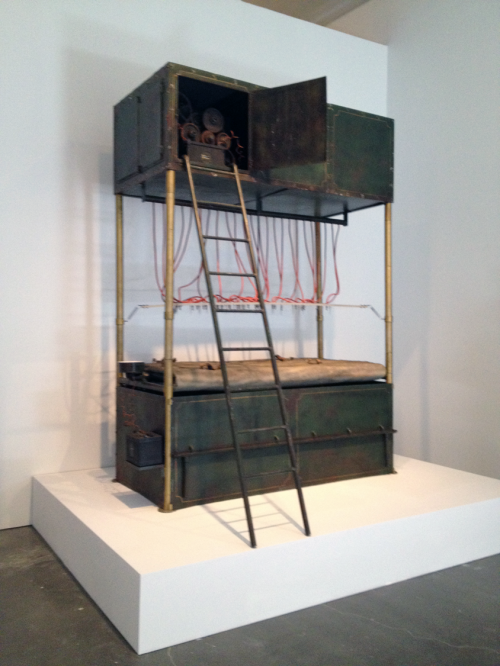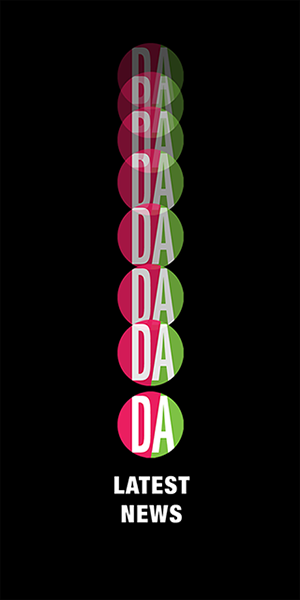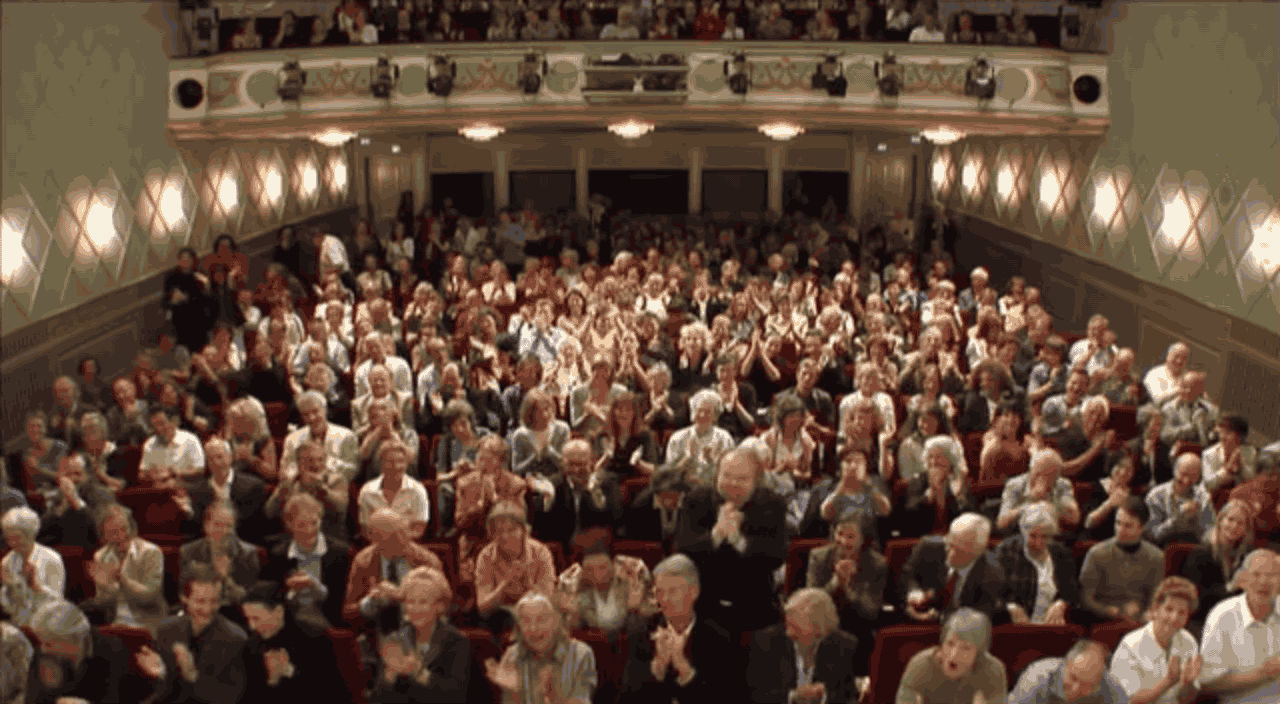 inspired by kafka in the penal colony | click > enlarge
inspired by kafka in the penal colony | click > enlarge
The New Museum has opened “Ghosts in the Machine”, a show that turns out to have quite a lot to do with design. Some of the most interesting ideas about the interaction of people and technology that is such a critical concern of design today had their origins in art in the 1960s.
As laid out by the curators, Massimiliano Gioni, the Associate Director and Director of Exhibitions at the museum and Gary Carrion-Murayari, its Curator, art became obsessed with the machine in the 1960s. Op art and mechanical sculpture were two sides of the obsession. The vision of a future art created by the cooperation of artists and engineers was nourished in such places as the MIT Center for Advanced Visual Studies (CAVS), founded by György Kepes.
The show is a reminder of a time when we associated certain kinds of images with computers—geometric loops and swirls, especially, patterns of the data of physics and astronomy rendered by plotters. Today, when we are accustomed to computers handing images of all sorts and styles, this once common idea seems strange.
While the New Museum has sometimes focused too much on the novel and transient, this show is historical and retrospective. It finds precedents in the past. Today’s multimedia world is anticipated in the crude Cinema dome of the late 1960s. The changing and evolving role of a technology is suggested by the pattern of the Vocoder, included in the show. The Vocoder was a sound recording and manipulating device that was shown as a wonder of the future at the 1939 World’s Fair, then later placed in the service of music making by Kraftwerk and then Afrika Bambaataa. [ ghosts in the machine ]
<a href=" about phil patton
about phil patton








